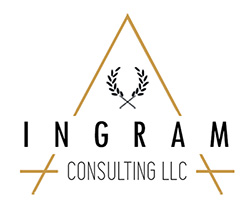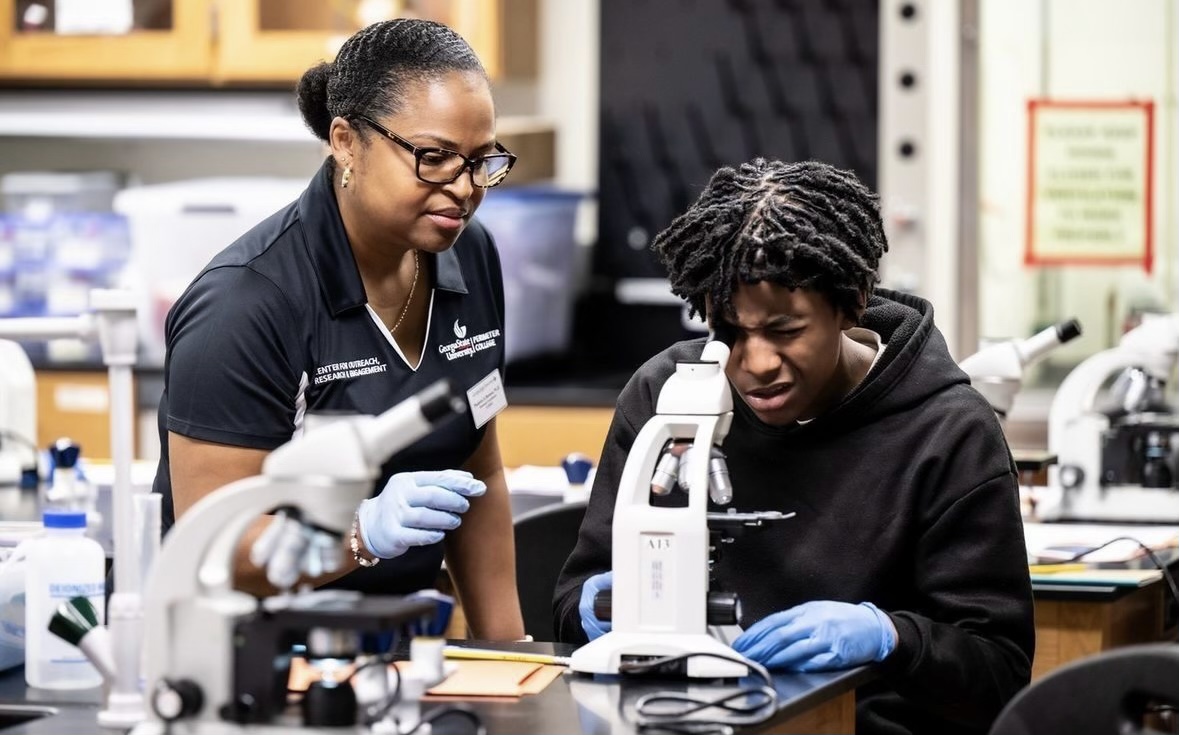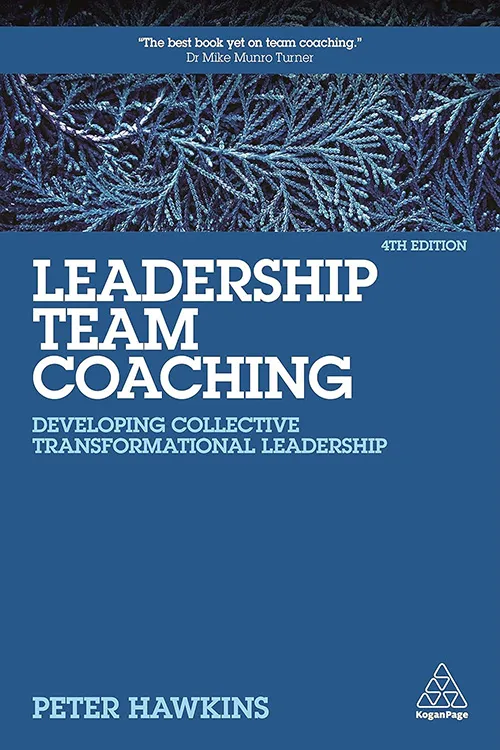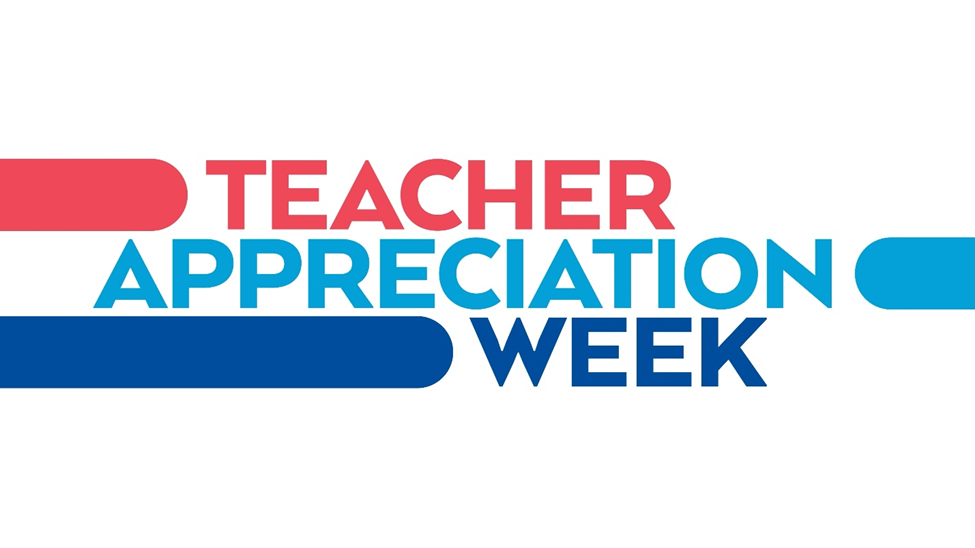Recent White House Actions and Their Impact on Public Education
 Public education in the United States is undergoing significant shifts as the White House enacts policies affecting students, educators, and institutions. Three key areas of concern include actions related to birthright citizenship, the freezing of federal grants and loans, and bans on Diversity, Equity, and Inclusion (DEI) initiatives. These measures have sparked debate over their long-term impact on educational access, funding, and inclusivity.
Public education in the United States is undergoing significant shifts as the White House enacts policies affecting students, educators, and institutions. Three key areas of concern include actions related to birthright citizenship, the freezing of federal grants and loans, and bans on Diversity, Equity, and Inclusion (DEI) initiatives. These measures have sparked debate over their long-term impact on educational access, funding, and inclusivity.
Birthright Citizenship and Public Education
The administration’s recent move to challenge birthright citizenship could have profound implications for children of undocumented immigrants. The 14th Amendment has long guaranteed citizenship to individuals born on U.S. soil, granting them access to public education, healthcare, and other services. However, policy shifts restricting this right may create uncertainty for families and schools.
If implemented, such policies could lead to an increase in undocumented students, who might face barriers to enrollment and financial aid. Public schools, legally obligated to educate all children regardless of immigration status under Plyler v. Doe (1982), may also see increased administrative burdens if required to verify citizenship documentation. Additionally, fear of deportation could deter families from engaging with school systems, potentially leading to higher dropout rates and widened achievement gaps.
Freezing of Federal Grants and Loans: Adverse Impact on Schools
Freezing federal grants and loans would have a profound impact on school systems, particularly in underfunded districts that rely heavily on these resources to maintain operations, support students, and drive educational equity. Many public schools depend on federal funding to finance special education programs, school meal initiatives, teacher training, and infrastructure improvements. Without this support, districts may face staffing shortages, larger class sizes, outdated learning materials, and cuts to critical student services, disproportionately affecting low-income and marginalized communities. Additionally, halting federal student loans would limit access to higher education, discouraging students from pursuing college due to financial barriers. The long-term effects could include lower academic achievement, reduced economic mobility, and widening educational disparities across the country.
The administration’s push to ban DEI initiatives in public education signals a shift away from policies aimed at fostering diverse and inclusive learning environments. Many universities and K-12 school districts have relied on DEI programs to support underrepresented students, diversify faculty hiring, and promote equitable educational outcomes.
With DEI efforts restricted, schools may face challenges in addressing racial and gender disparities in academic achievement. Faculty and administrators may also encounter legal uncertainties regarding how they discuss race, history, and systemic inequities in the classroom. For students from marginalized backgrounds, the loss of DEI programs could mean fewer resources, mentorship opportunities, and campus support systems, potentially affecting retention and graduation rates.
Conclusion
Recent White House actions on birthright citizenship, federal education funding, and DEI initiatives are reshaping the educational landscape. These policies have sparked discussions on equity, access, and the role of government in supporting students and educators. As the debate continues, educators, families, and policymakers must remain engaged to understand and respond to these evolving challenges in public education.
“When you see something that is not right, not fair, not just, you have to speak up. You have to say something; you have to do something.” – John Lewis

 As the season of Thanksgiving unfolds, we are reminded of the profound significance of gratitude. This holiday marks the start of a season filled with reflection, celebration, and a time for coming together. For those of us in education, it is a unique opportunity to pause, honor the hard work of our colleagues, and prepare ourselves for the road ahead.
As the season of Thanksgiving unfolds, we are reminded of the profound significance of gratitude. This holiday marks the start of a season filled with reflection, celebration, and a time for coming together. For those of us in education, it is a unique opportunity to pause, honor the hard work of our colleagues, and prepare ourselves for the road ahead. Voting is the cornerstone of our democracy and a critical tool for shaping the future of public education, with the power to directly influence policies that affect school budgets, teacher staffing, school safety, book bans, and the selection of locally elected school boards. For public school educators, parents, and community members, casting a vote is one of the most important responsibilities we have to ensure that public schools remain strong, well-funded, and safe learning environments for all students.
Voting is the cornerstone of our democracy and a critical tool for shaping the future of public education, with the power to directly influence policies that affect school budgets, teacher staffing, school safety, book bans, and the selection of locally elected school boards. For public school educators, parents, and community members, casting a vote is one of the most important responsibilities we have to ensure that public schools remain strong, well-funded, and safe learning environments for all students. Jim Huge, passed away on September 1, 2024, at the age of 84. His remarkable life began in Deshler, Nebraska, where he grew up as one of three energetic brothers. Jim excelled in both sports and academics, playing football and basketball at the University of Nebraska, where he was honored as an Academic All-American in 1962. His dedication to his teammates is said to have been unwavering, despite enduring numerous injuries, he formed lifelong bonds during this time, particularly with his Phi Kappa Psi fraternity brothers.
Jim Huge, passed away on September 1, 2024, at the age of 84. His remarkable life began in Deshler, Nebraska, where he grew up as one of three energetic brothers. Jim excelled in both sports and academics, playing football and basketball at the University of Nebraska, where he was honored as an Academic All-American in 1962. His dedication to his teammates is said to have been unwavering, despite enduring numerous injuries, he formed lifelong bonds during this time, particularly with his Phi Kappa Psi fraternity brothers. As the school year begins anew, the air is filled with the familiar mix of excitement and anticipation. Students are ready to embark on a new academic journey, and parents are eager to see their children grow and learn. However, none of this would be possible without the dedication and hard work of our public school teachers and school system leaders.
As the school year begins anew, the air is filled with the familiar mix of excitement and anticipation. Students are ready to embark on a new academic journey, and parents are eager to see their children grow and learn. However, none of this would be possible without the dedication and hard work of our public school teachers and school system leaders. The 2024 Paris Olympics were more than just a celebration of athletic excellence; they were a global showcase of the human spirit’s resilience, determination, and the power of aspirational goals. As the world watched, the athletes demonstrated that achieving greatness requires more than just talent—it demands perseverance, hard work, a healthy competitive spirit, and a deep sense of national pride.
The 2024 Paris Olympics were more than just a celebration of athletic excellence; they were a global showcase of the human spirit’s resilience, determination, and the power of aspirational goals. As the world watched, the athletes demonstrated that achieving greatness requires more than just talent—it demands perseverance, hard work, a healthy competitive spirit, and a deep sense of national pride.
 On July 5, 1852, Frederick Douglass delivered one of the most powerful and thought-provoking speeches in American history. Invited to speak at an Independence Day celebration, Douglass used the occasion to highlight the stark contrast between the ideals of liberty and the harsh reality of slavery. His speech, “What to the Slave is the Fourth of July?” serves as a timeless reminder of the ongoing struggle for justice and equality, and it offers profound lessons for today’s school system leaders.
On July 5, 1852, Frederick Douglass delivered one of the most powerful and thought-provoking speeches in American history. Invited to speak at an Independence Day celebration, Douglass used the occasion to highlight the stark contrast between the ideals of liberty and the harsh reality of slavery. His speech, “What to the Slave is the Fourth of July?” serves as a timeless reminder of the ongoing struggle for justice and equality, and it offers profound lessons for today’s school system leaders. Peter Hawkins’ book “Leadership Team Coaching: Developing Collective Transformational Leadership” is a seminal work that explores the dynamics of team leadership and the transformative power of coaching in developing high-performing teams. Hawkins delves into the intricacies of leadership teams, offering a comprehensive guide for leaders, coaches, and organizations striving to enhance their team effectiveness. The book is structured around key principles and methodologies that facilitate effective team coaching.
Peter Hawkins’ book “Leadership Team Coaching: Developing Collective Transformational Leadership” is a seminal work that explores the dynamics of team leadership and the transformative power of coaching in developing high-performing teams. Hawkins delves into the intricacies of leadership teams, offering a comprehensive guide for leaders, coaches, and organizations striving to enhance their team effectiveness. The book is structured around key principles and methodologies that facilitate effective team coaching. This Teacher Appreciation Week let’s take a moment to celebrate the remarkable individuals who do so much more than teach—they inspire, challenge, and shape our future. Teachers are the unsung heroes in the narratives of our lives, often underappreciated yet always vital to our personal and intellectual growth.
This Teacher Appreciation Week let’s take a moment to celebrate the remarkable individuals who do so much more than teach—they inspire, challenge, and shape our future. Teachers are the unsung heroes in the narratives of our lives, often underappreciated yet always vital to our personal and intellectual growth.